
I Don’t Have A/C: Here’s What Keeps My Home Cool
If you don’t have air-conditioning and temps get unbearably high, don’t fret: these easy ideas will keep your home cool—and lower your energy bill.
We only recommend things we love. If you buy something through our site, we might earn a commission.
Summertime is hitting its stride, but not all of us have air conditioning to stay cool. Our Associate Home Editor Nena Farrell shares tips and products she’s tried to keep her AC-free home cool all summer long.
Portable AC Unit
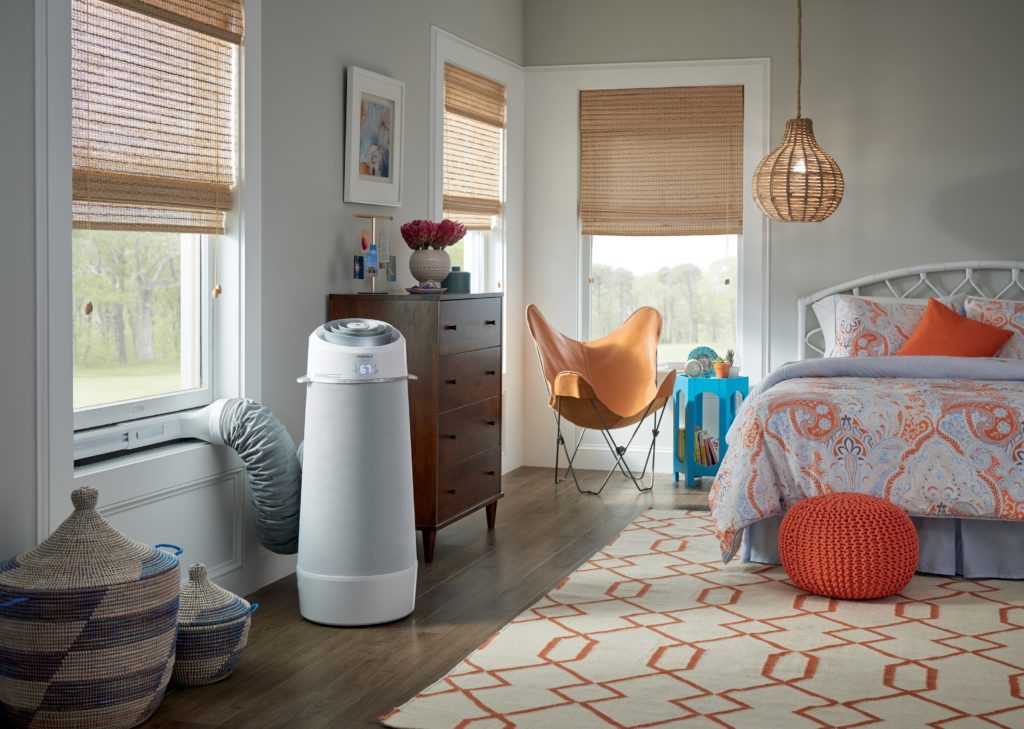
Courtesy of FRIGIDAIRE
This simple solution is the priciest: investing in a portable AC unit. The upsides are you can bring it into the room where you need it most throughout the day, and port it to future homes if you’re a renter. Wirecutter, after testing a variety of portable AC units, recommends LG’s 14K BTU Portable Air Conditioner. It offers WiFi connect and remotes to easily control your air flow. One of the issues with portable ACs is drainage — the LG only has a single drain in the back, meaning you may have to lift and tip it to drain it properly.
I’m not going to lie, I haven’t made this investment. But I’ve heard from folks who have that if your home, especially your bedroom, keeps overheating, a portable AC unit can be a major lifesaver. Another piece of advice from portable AC owners: make sure it’s in a single room with doors you can close to properly cool the room.
Small-Space Units
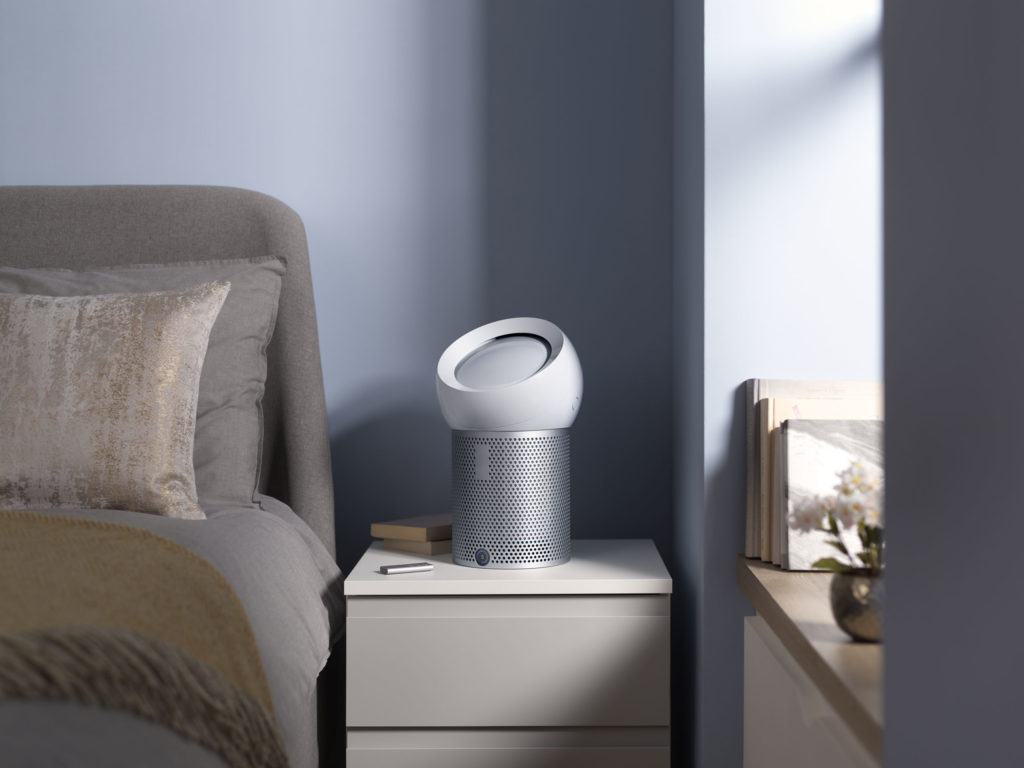
Courtesy of Dyson
I keep my bedroom cool with a Dyson fan—I’ve got a model from a couple of years ago that has been perfect for cooling my small bedroom and blowing cool air onto my low bed. If I was looking to upgrade my bedside air companion, the new Dyson Pure Cool Me would be a great pick. It’s Dyson’s first personal purifying fan, so you can set it to exactly what you need to knock out for the night without trying to cool the entire bedroom (or freeze your partner!).
Fans like the Dyson that oscillate are ideal in general. “You can place it in any part of the room and the purified air will be circulated to every corner,” says Maria Perez, Advanced Design Engineer for Dyson.
Portable Fan
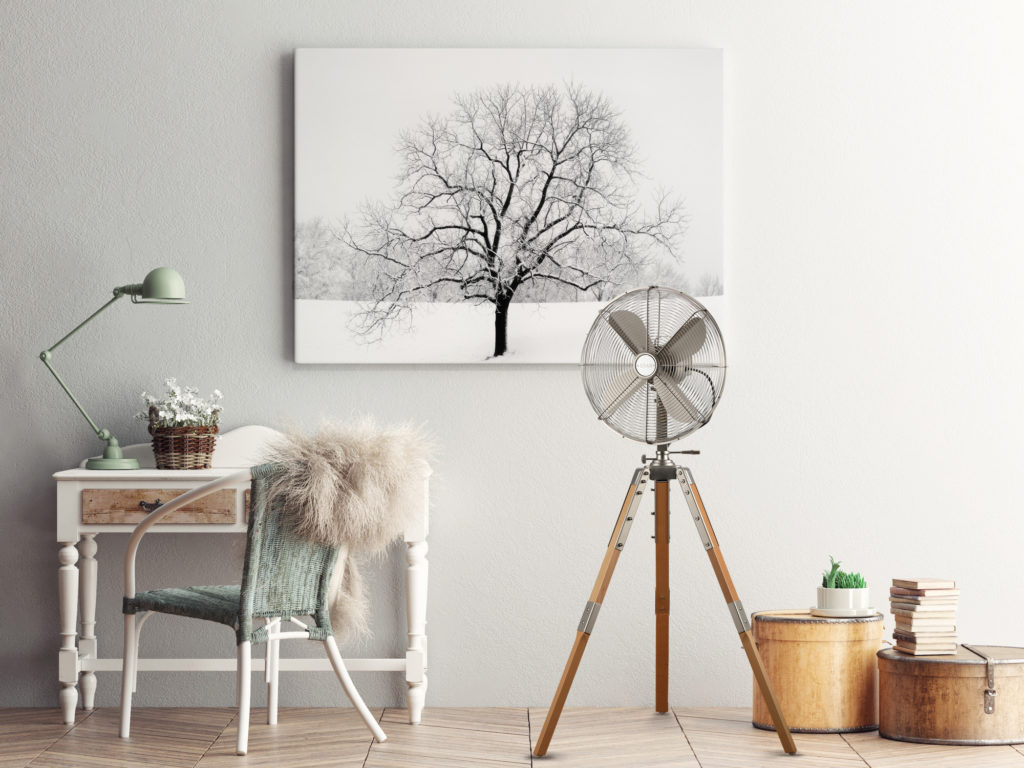
Courtesy of Wayfair
Right now, I’m using a tower fan in my living room with good results. This style is popular for its slim build that fits into smaller spaces and rooms. But it turns out pedestal fans are better for cooling rooms , especially larger ones, thanks to the bigger blades. These larger fans don’t have to be eyesores if you’re willing to invest: This 16” Oscillating Floor Fan comes in two different wood finishes. But any fan will do, especially if it’s in the right spot. According to Quartz, the best place to put a fan is facing into a room with a window behind it, because fans pull in cold air and push our hot air behind them (so that hot air exits the house.)
Quartz also suggests having fans in a place where the air will blow over you at some point so your body can get a cooling benefit, along with the room. If you’re running warm, you might not realize the room itself has cooled down.
Ceiling Fan
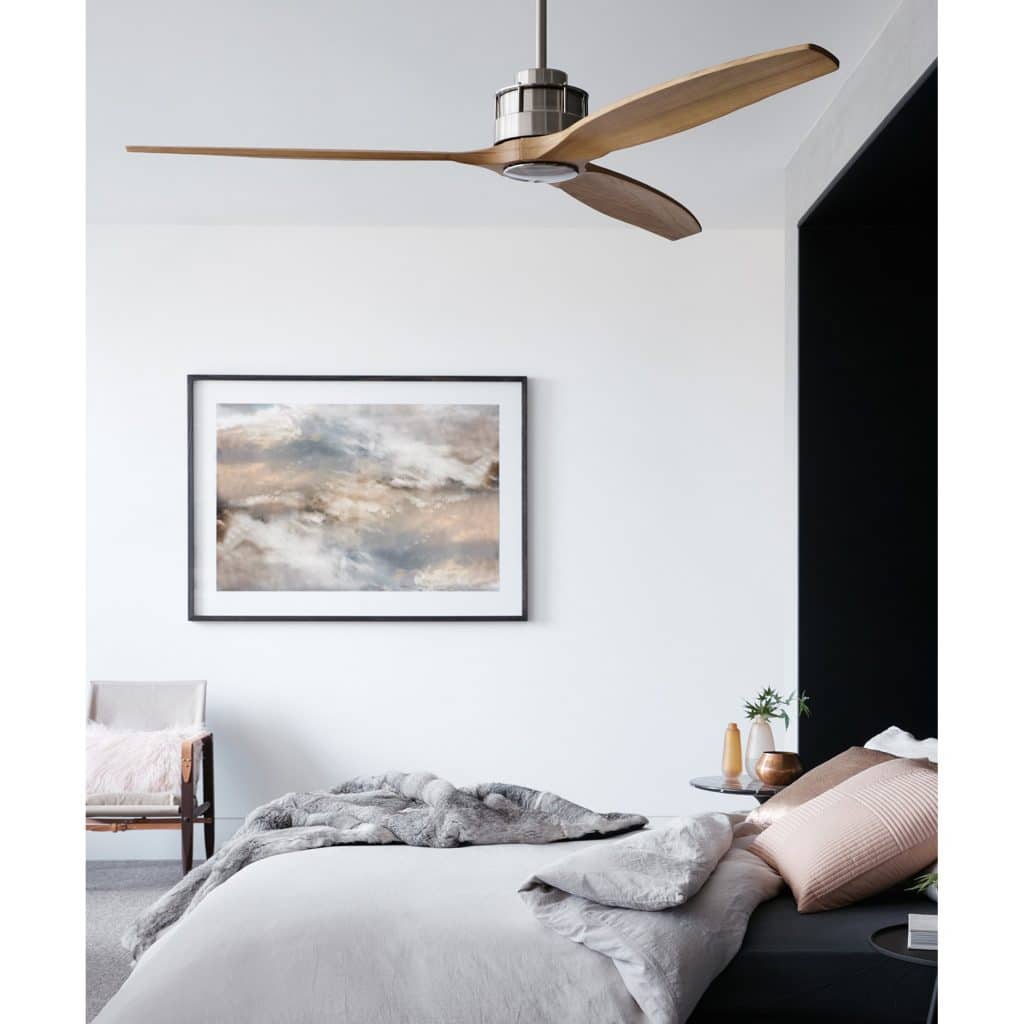
Courtesy of Chris Loves Julia
Did you know your ceiling fan could be heating your room, instead of cooling it? That’s right. Time to lie on the floor and double-check your ceiling fan is going counterclockwise for the rest of summer.
Why? According to EnergyStar, a counter-clockwise direction will create a wind-chill effect by pulling warm air up and pushing cool air down, resulting in what feels like a cool breeze. If it’s clockwise, the fan produces a gentle updraft, which forces warm air near the ceiling down into the occupied space.
If you’re in the market for a new ceiling fan, I love this sleek fan by Westinghouse.
Blackout Curtains
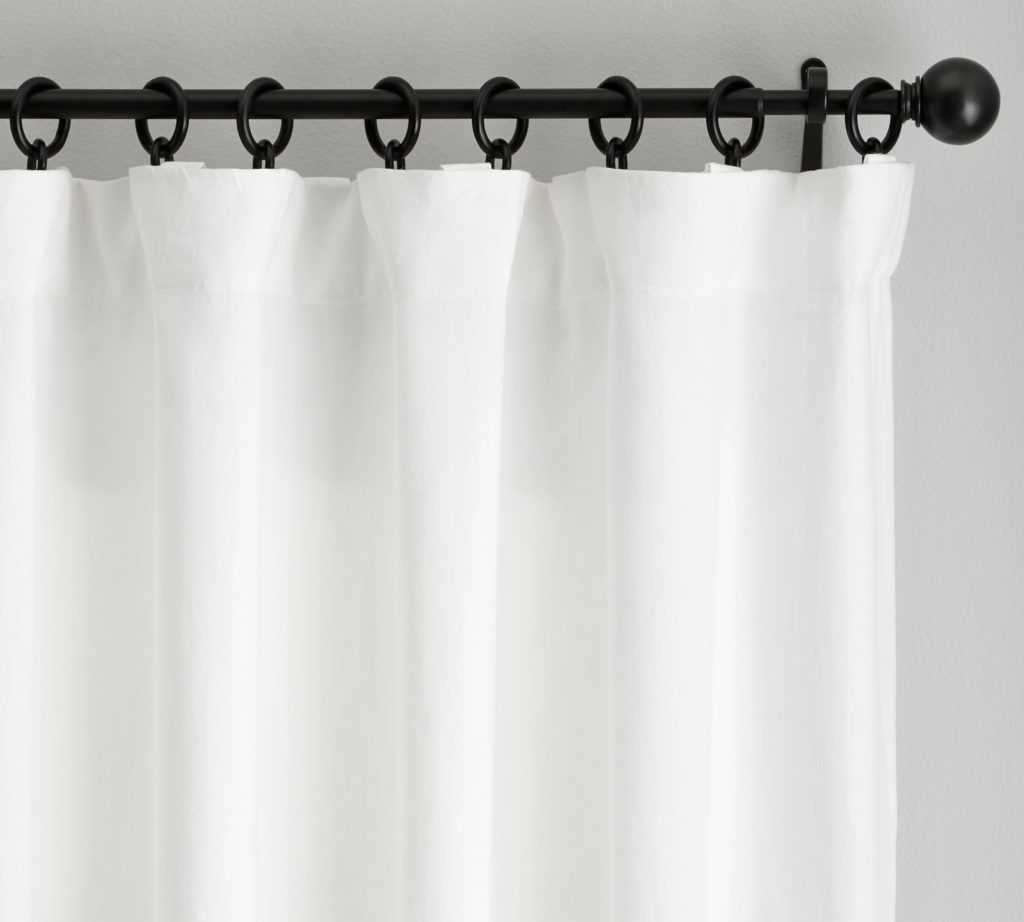
Courtesy of Pottery Barn
You should already be keeping your blinds closed to block out the sun’s light and heat during the day, especially on the south side of your home, according to the Center for Sustainable Energy. If your blinds aren’t particularly strong or aren’t doing enough sun-shielding for you, it’s time to invest in blackout curtains. These curtains block out the sun and heat to keep the room cool (and help you sleep, if you need total darkness).
There are tons of options on the market for blackout curtains, but after hunting for options that are stylish and affordable, these two were my top picks.
Get a classic curtain style while getting blackout benefits with this Flax Linen Blackout Curtain. Looking for something even cheaper? IKEA’s MARJUN room darkening curtains are just $75 for a pair—Wirecutter recommends it as a top affordable options for blackout curtains, blocking out more light than many more expensive options on the market.
Close off Extra Rooms
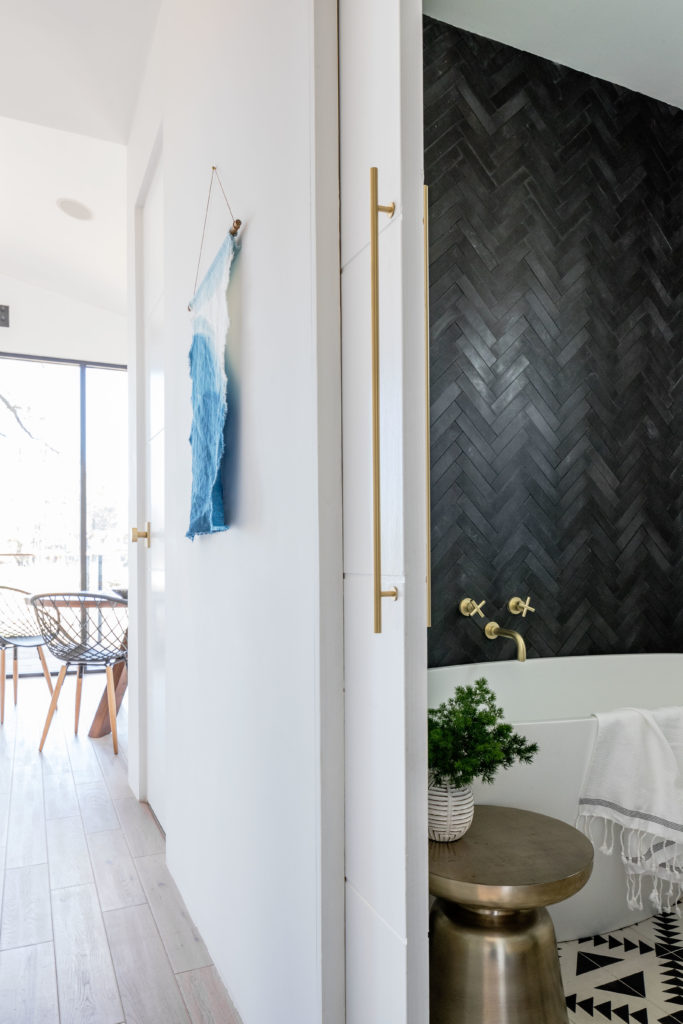
Thomas J. Story
Want to keep a room cool? Close it off from rooms that don’t have cold air flow coming in, so that the cold air your fans are blowing doesn’t just get pushed into spaces you aren’t using. Shut bathrooms and closets, close off bedrooms you aren’t using, etc.
Vice versa, open up all the windows and inner doors (or even front and sliding doors if you have screens) in the evening when you start getting cool cross-breezes through your entire home. This pleasantly cools down the home in time for bed, making sleep a far more comfortable endeavor. Just make sure to close everything before you hit the hay.
Switch Sheets
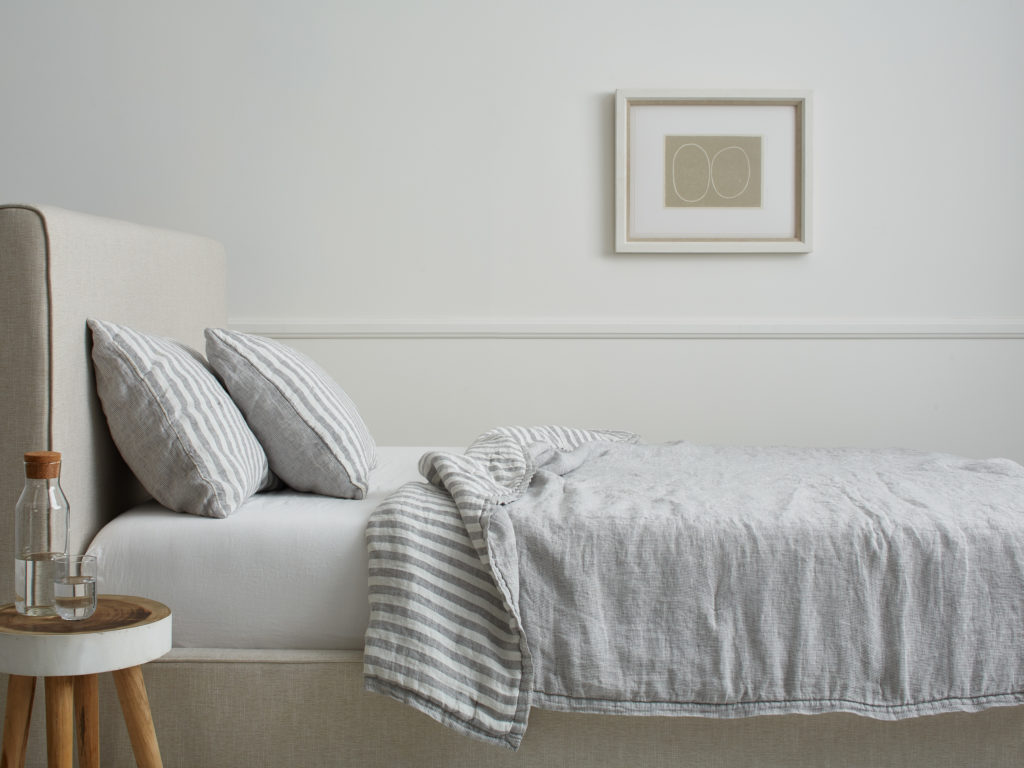
Courtesy of Parachute
Staying cool while you snooze determines how much sleep you get during warmer months in a major way. The solution embodies more than just pointing a fan at your bed. “To transition your bed between seasons, strip off heavier layers,” recommends Ariel Kaye, CEO of bedding brand Parachute.
Don’t just swap your cozy flannel sheets for anything, though. “Linen is a great fabric for summer or those living in hot and humid climates,” says Kaye. “Linen’s hollow fibers give it a natural ability to absorb moisture from the air and release it again as humidity levels shift. Ancient Egyptians prized the fabric for its wicking properties and breathability.”
Parachute’s Linen Sheet Set is a great linen upgrade for your entire set of bedsheets.
Swap Light Bulbs
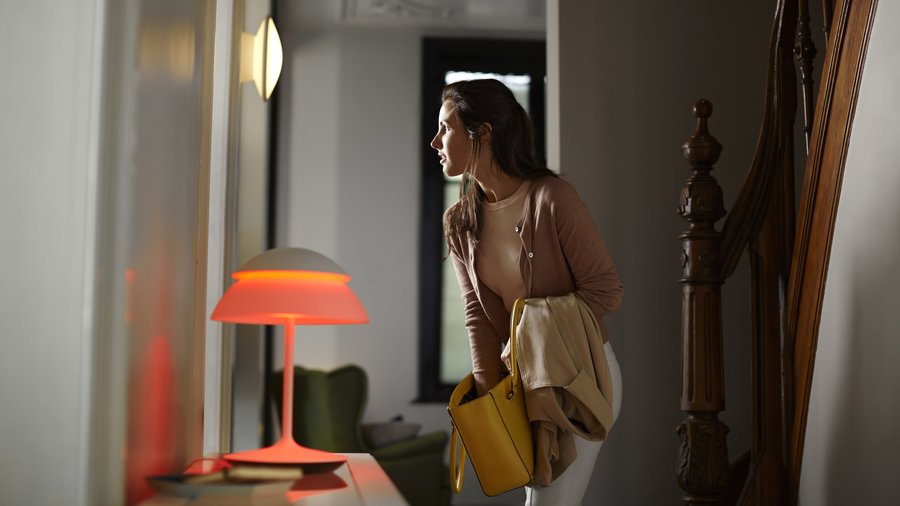
Courtesy of Philips Hue
Switching to LEDs isn’t just good for saving money on your energy bills—they also keep out unwanted heat. According to the Center for Sustainable Energy, incandescent light bulbs waste 90 percent of the energy they use by giving it off as heat.
Swapping in CFL or LED bulbs can make a small difference in keeping your home cooler, on top of saving money.
Cook Outside

Thomas J. Story
It’s no secret that Sunset loves to grill, and there’s a reason it’s so popular in the summer. Don’t risk heating up the house by way of the oven or stove when you could be outside enjoying recipes ranging from burgers to Vietnamese Lemongrass Pork Chops while letting the house cool down for a great night’s sleep. Here’s how to get started with grilling if you’re a newbie.
Plant Trees in Your Yard

Thomas J. Story
That’s right, having trees outside of your home can make a major impact on how much AC you’ll need (and even how much heat you’ll need come winter.) According to the U.S. Department of Energy, the shade and evapotranspiration (the process by which a plant actively moves and releases water vapor) from trees can reduce surrounding air temperatures by as much as 6°F, while air temperatures directly under trees can be reduced by as much as 25°F.
While it’s a much bigger endeavor, if you’ve been considering planting trees in your yard, you’ve got a brand-new reason to move forward. The Department of Energy even offers an energy-saving landscaping guide to help you make it happen.
We only recommend things we love. If you buy something through our site, we might earn a commission.
